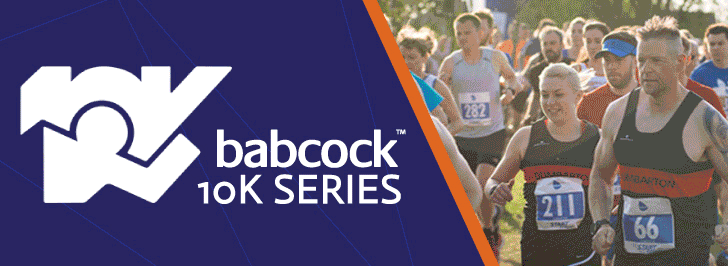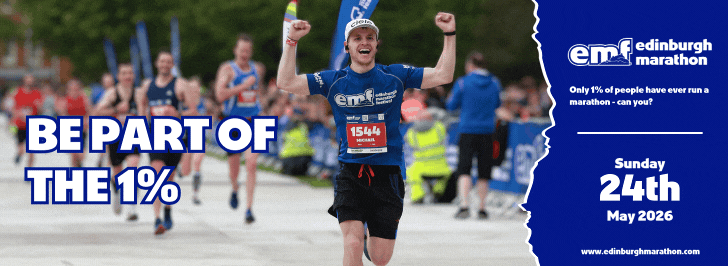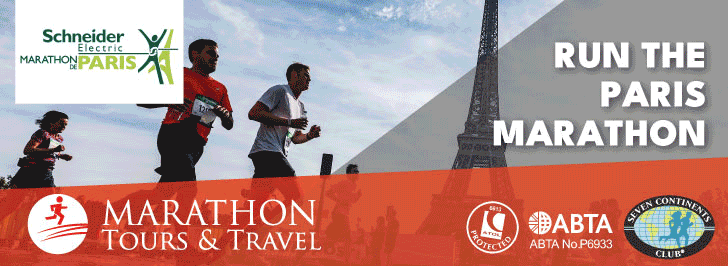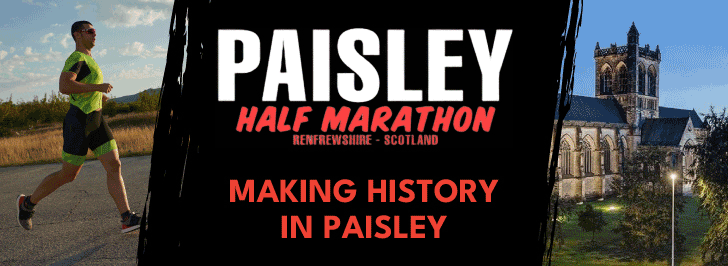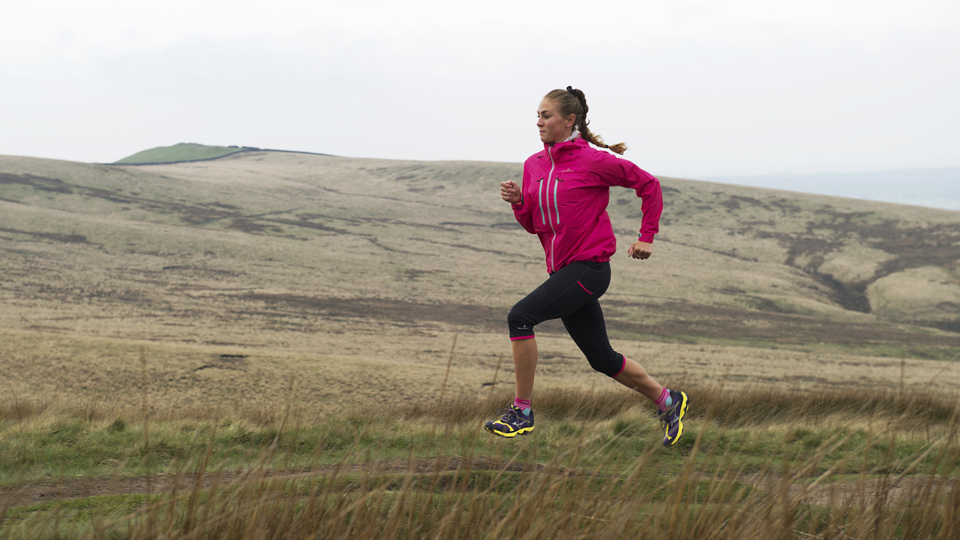
Achieving An Efficient Running Style
For the majority of runners the aim is initially to get fit, and then maybe get faster! Jenny Blizard says a more efficient running style can help runners get fast with ease without getting injured...
Get In The Zone
We were born to run so why is it now such a complex and costly business? My basic theory is that the very thing that we were designed to do we have stopped doing altogether in modern lifestyles. We run now to avoid stress, get fit, find a higher purpose, socialise, and find our true potential. Running has in our time-short, diary-focused worlds become another appointment. Having sat all day at work or in the car, we quickly get our kit on and rush out the door, but we were designed to do it anytime, anywhere, just like kids. The consequence is stiffness in our muscles and joints, and our brain not engaged and ready to run efficiently and injury free.
Tip 1: Leave it all behind, engage your brain to get in tune with your running style
Running Basics
An efficient running style is basically a circular motion against the ground borne out of a controlled fall through a slight forward lean. This position is so efficient because you move with the forces of gravity rather than against them. Consider a ball as it rolls; the momentum is created by the top of the ball moving forward (slight forward lean) as the bottom of the ball is pushing the ground away (feet slightly behind the body on contact with the ground). It needs a slight down hill to achieve this. On a flat, the ball needs frequent pushing, gaining and losing momentum each time.
Compare that of a runner who is upright with gravity on top or slightly in front pushing them back and the foot out in front (over striding), this becomes a stop/start motion, where the foot acts as the break in front on contact with the floor and the muscles have to contract to drive forward. Proponents of chi running, Alexander technique running, pose running and the barefoot brigade are all variations of this basic forward lean, gravity assisted position.
Tip 2: Lean very slightly forward
Getting Into That Groove
So you know how you should run, but why can’t you? It’s a bit of a chicken and egg scenario. As running is essentially a circular motion each component is linked and therefore difficult to know where to begin.
- Problem - trunk mobility
A forward lean is difficult with a stiff trunk through sitting all day. As the trunk rotates, the abdominal muscles which contribute to rotation are stretched on one side and contracted on the other, allowing a rhythmical, and natural elastic recoil of the muscles automatically driving the leg forward. Lack of trunk rotation prevents a good stretch and consequent recoil of the muscles.
The leg is forced to be lifted forward, using the hip flexors and quadriceps. This also causes excessive heel striking to slow down the drive through, which becomes a break, sending shocks through every joint, in particular causing shin, foot, knee and hip pain. The arms have to work much harder too to drive the movement. A stiff trunk forces an upright posture to allow the arms and legs to drive the movement. Little but important forwards/backwards movement at each of the many back joints is required for this rotation. Beginning to get the picture?
Tip 3: Rotate that trunk with stretching exercises
- Problem: Quadriceps/Hip flexor mobility
Runners worry that the hamstrings are too short to achieve a decent stride length, however, length comes from pushing the ground away behind, not striding in front. If the muscles at the front of the thighs are too short this limits the length of the backward drive, the hamstrings at the back have to contract much more forcefully to push the ground way. This is one of the reasons why hamstrings remain short, cramp often and get strained.
Lengthen the hip flexors/quadriceps and the forward lean/backward drive will improve dramatically, so will your speed. Again hip flexors/quadriceps become short from sitting postures. Lunges are excellent for improving length and strength in these muscles.
Tip 4: Focus on lengthening the quadriceps/hip flexors
- Problem - Hamstring strength/flexibility
Hamstrings shorten with sitting. Running requires strong and relatively flexible hamstrings to push the ground away behind us. Without this backward drive, momentum is lost forcing the quadriceps and hip flexors to pull us forward. If the hamstrings are weak they will get tired as we force them to do more than they currently can. There are a number of hamstring strengthening and lengthening exercises you can utilise.
Tip 5: Strengthen and lengthen your hamstrings
- Problem - Hip muscle strength
Running requires that the hip muscle at the outside of the thigh contracts when the foot touches the ground, allowing the pelvis to remain level to swing the opposite leg through. Weak muscles means the pelvis drops and you then have to hike your leg through, again using excess effort with the hip flexors and trunk muscles.
Hip hitching cannot be done in a forward lean position. This weakness also means that the foot will hit the ground hard in front causing a breaking, shock through the body and loss of momentum. Remember stop/start again? The feet also end up landing like walking on a tight rope underneath your body instead of under your hips, causing stress on the insides of ankles, knees and hips and contributes to excess pronation at the foot.
Have a look at where your foot lands next time you run; use a line on a quiet road, your foot should fall to the side not centre. As we generally walk less than we used to these hip muscles don’t get the chance to strengthen. (The side plank is one of the exercises you might try).
Tip 6: Strengthen your hip adductors
Developing an awareness of the running cycle and how your body is working through that cycle is a gradual process however it is the first step in developing an efficient running style which will help reduce the chance of injury and can also improve your running performance.
Image: Ronhill

